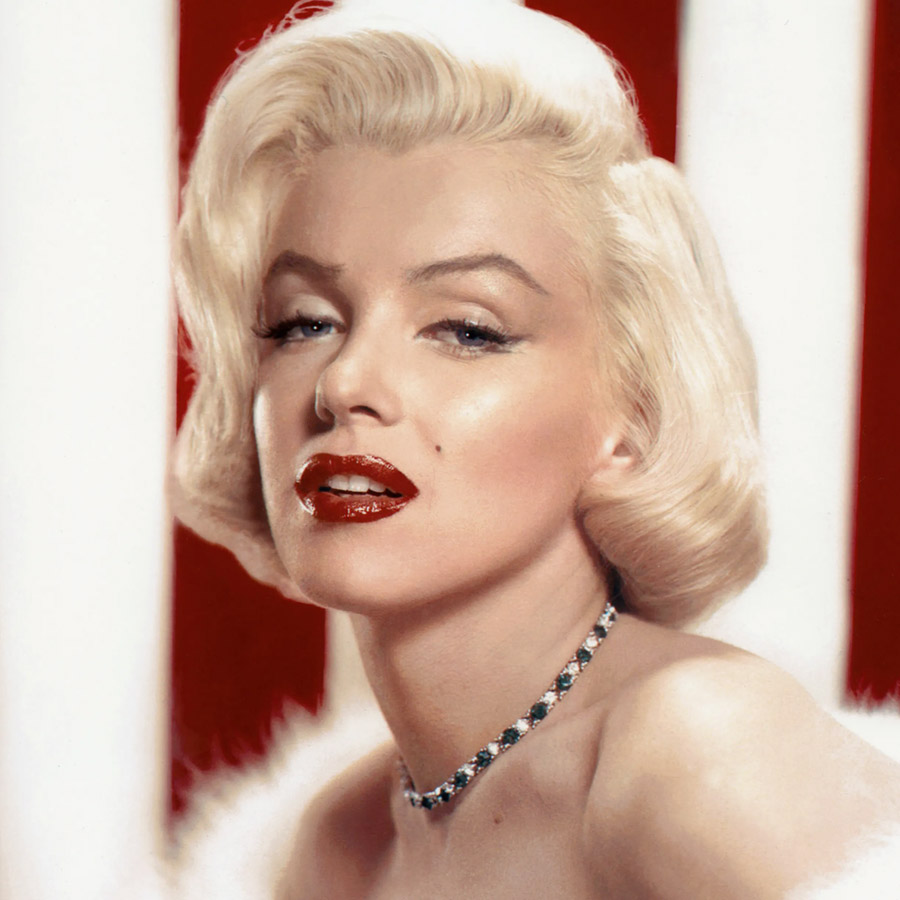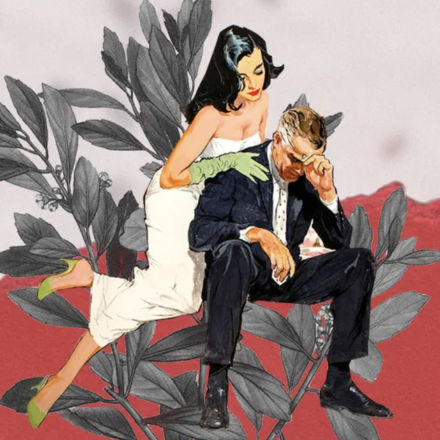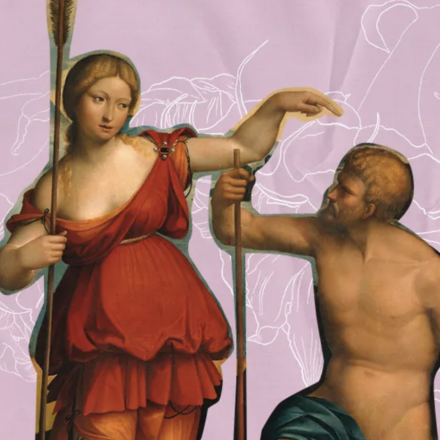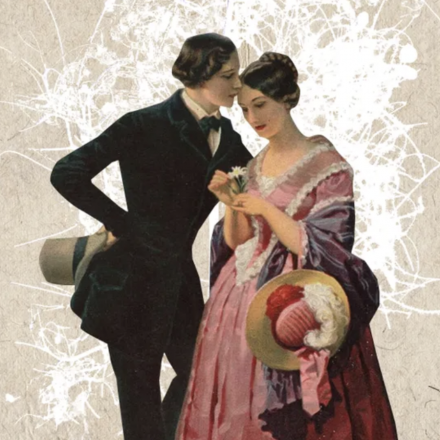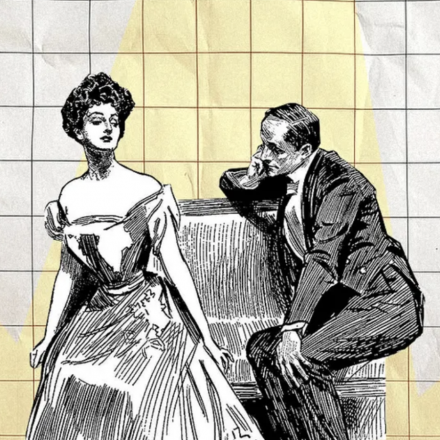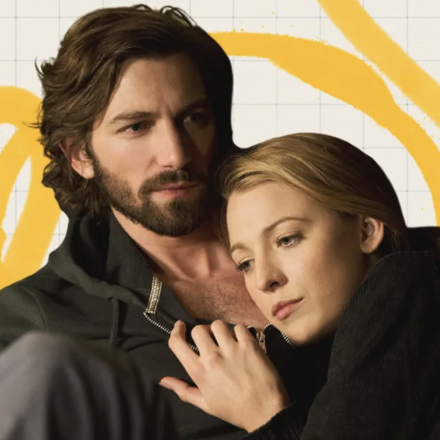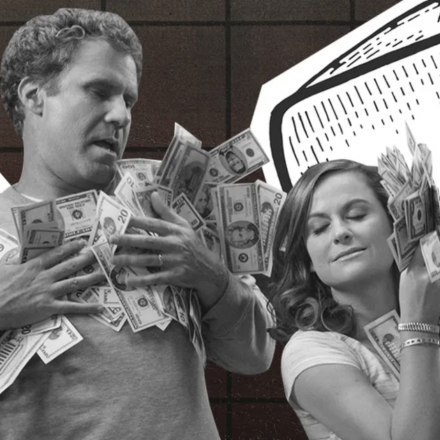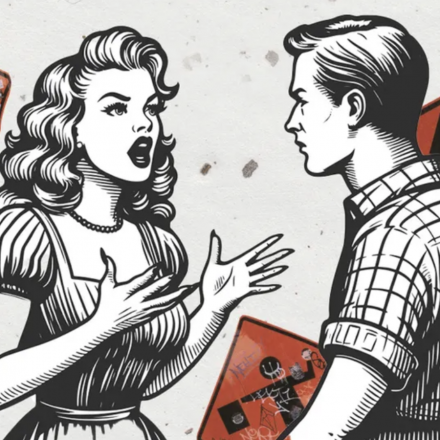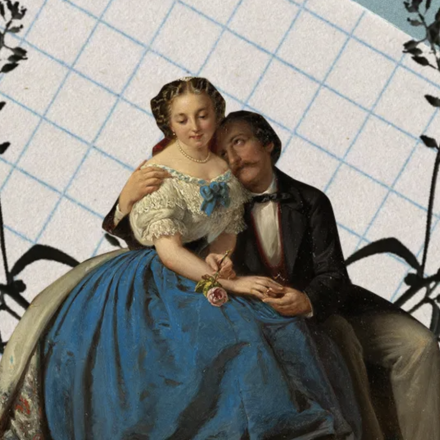Blondes have always been surrounded by myths and legends. From Greta Garbo and Marilyn Monroe to Sharon Stone and Charlize Theron, the word "blonde" has become a symbol of something more than just light hair.
Blondes frequently grace the covers of glossy magazines and appear in adult films. But do men really perceive them as more attractive on a subconscious level? What does science say about this?
Charles Darwin, in his study The Descent of Man and Selection in Relation to Sex, tried to determine the impact of light hair on sexual attractiveness. However, he could not gather enough data for conclusive results.
Since then, numerous scientific theories have emerged. Research shows that light hair is linked to mutations in genes responsible for melanin synthesis—a pigment that determines skin and hair color. While there is no single gene for light hair and blue eyes, these traits often occur together and are located on the same chromosome.
Light hair and blue eyes are relatively recent genetic adaptations that appeared in Northern European populations around 11,000 years ago, after the last Ice Age. Depigmentation among migrants from Africa helped them survive with limited sunlight by facilitating vitamin D3 synthesis.
Scientists believe that sexual selection also played a role. In the Late Paleolithic era, women in southern Europe could support themselves and their children through gathering, while survival in the north depended on successful hunting. Psychologist Peter Frost suggests that the shortage of men in northern tribes led to intense competition among women, which may have driven the evolution of diverse hair and eye colors.
Professor of Anthropology Karl Grammer states that natural blondes typically have higher levels of estrogen and lower levels of testosterone compared to brunettes. This results in finer facial features, narrower shoulders, and smoother skin. They also exhibit more infantile and playful behavior, which may be perceived as a sign of high fertility.
Blondes, on average, earn more, and men are more likely to assist them in challenging situations. Recent studies show that waitresses wearing blonde wigs receive higher tips from men.
However, when it comes to long-term relationships, men tend to view dark-haired women as more serious and reliable partners.

